A house is not only an architectural entity, but also a domicile, a materialisation of status, where men, freedmen, slaves, and animals live together, where receptions are held, business is done, weddings are celebrated, where there are births and deaths, in short, everything that is part of everyday civil life. That is why the Roman house can be seen as a place where social, economic, political, cultural, and religious activities took place.
In the Roman world, dwellings could be divided into two main types depending on their location: on the one hand, those located in urban areas, such as domus, or private dwellings occupied by a single owner and his family, and the more modest insulae, where different family groups lived together. On the other hand, we find the villae, which are made up of a group of buildings that form the nucleus of an estate (fundus), normally located in the countryside, where they could have a great variety of natural resources within their reach, such as agricultural, forestry, fishing, mining, etc.
-

Roman lamp
-
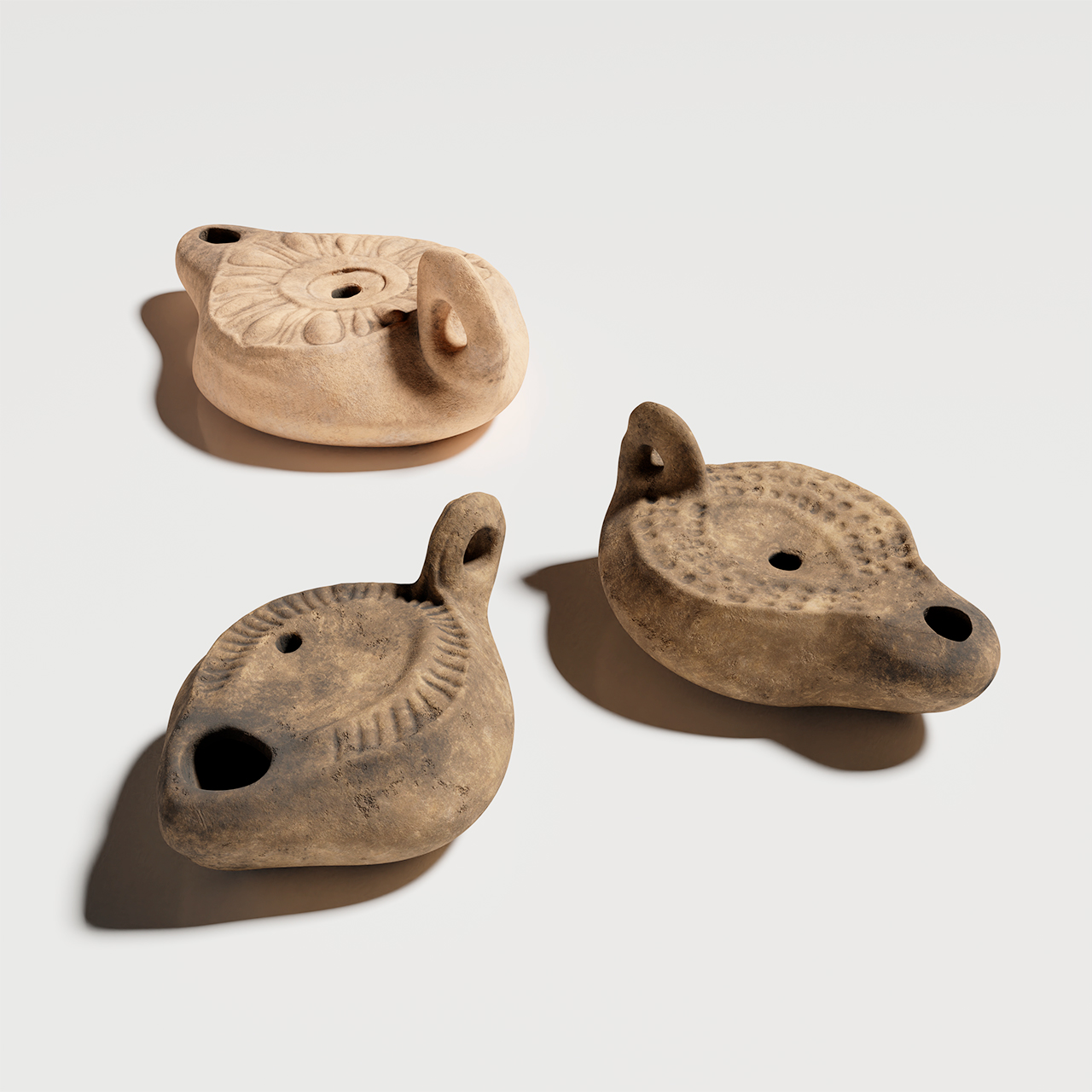
Roman rural lamps
Alcoi, Alicante (Spain)
-

Statuette of the god Genius
Boscoreale (Italy)
-
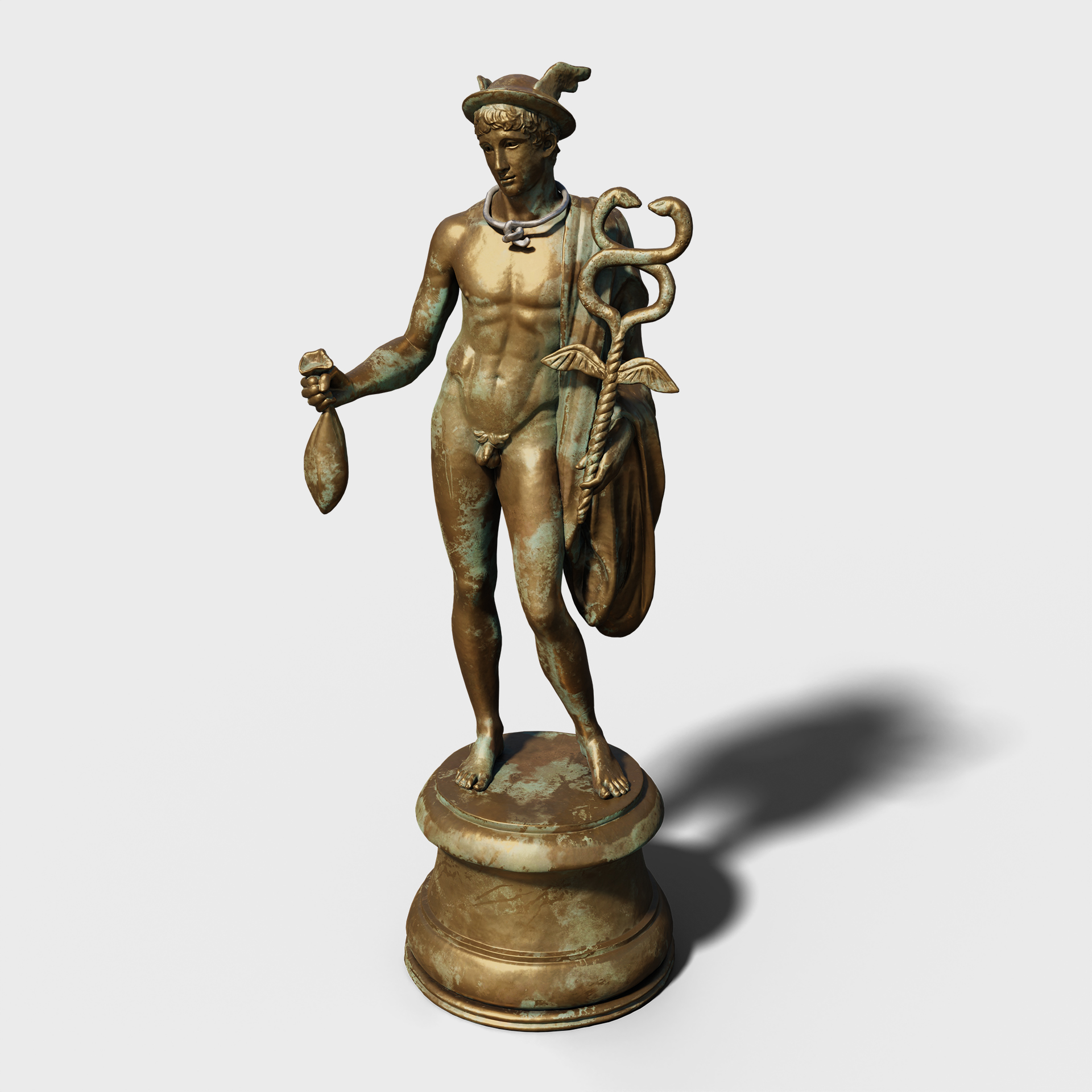
Statuette of the god Mercury
Boscoreale (Italy)
-

Roman marble table
Pompeii (Italy)
-

Roman jar
Archaeological site of “Los Castejones” (ENG)
-
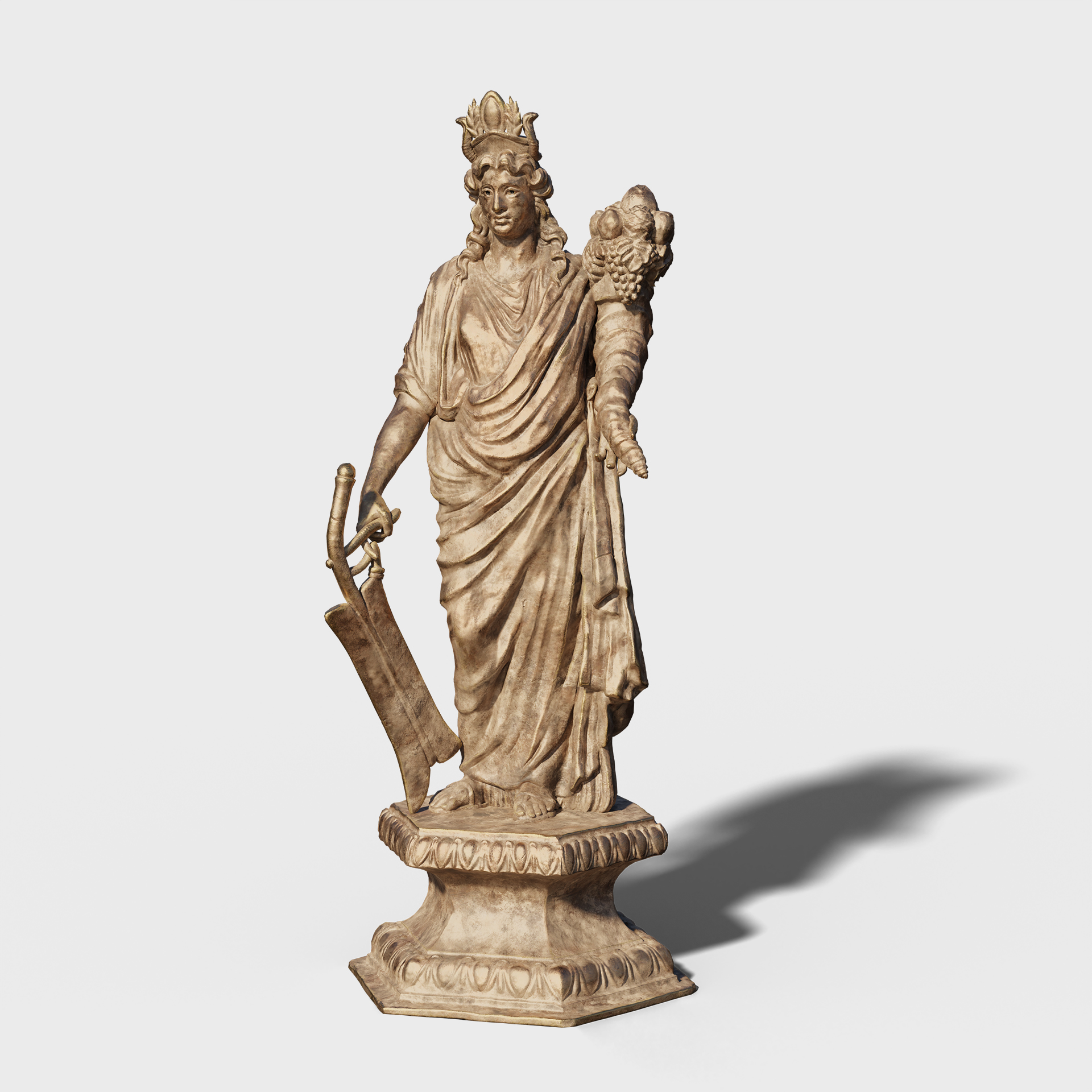
Statuette of the goddess Fortuna
Boscoreale (Italy)
-
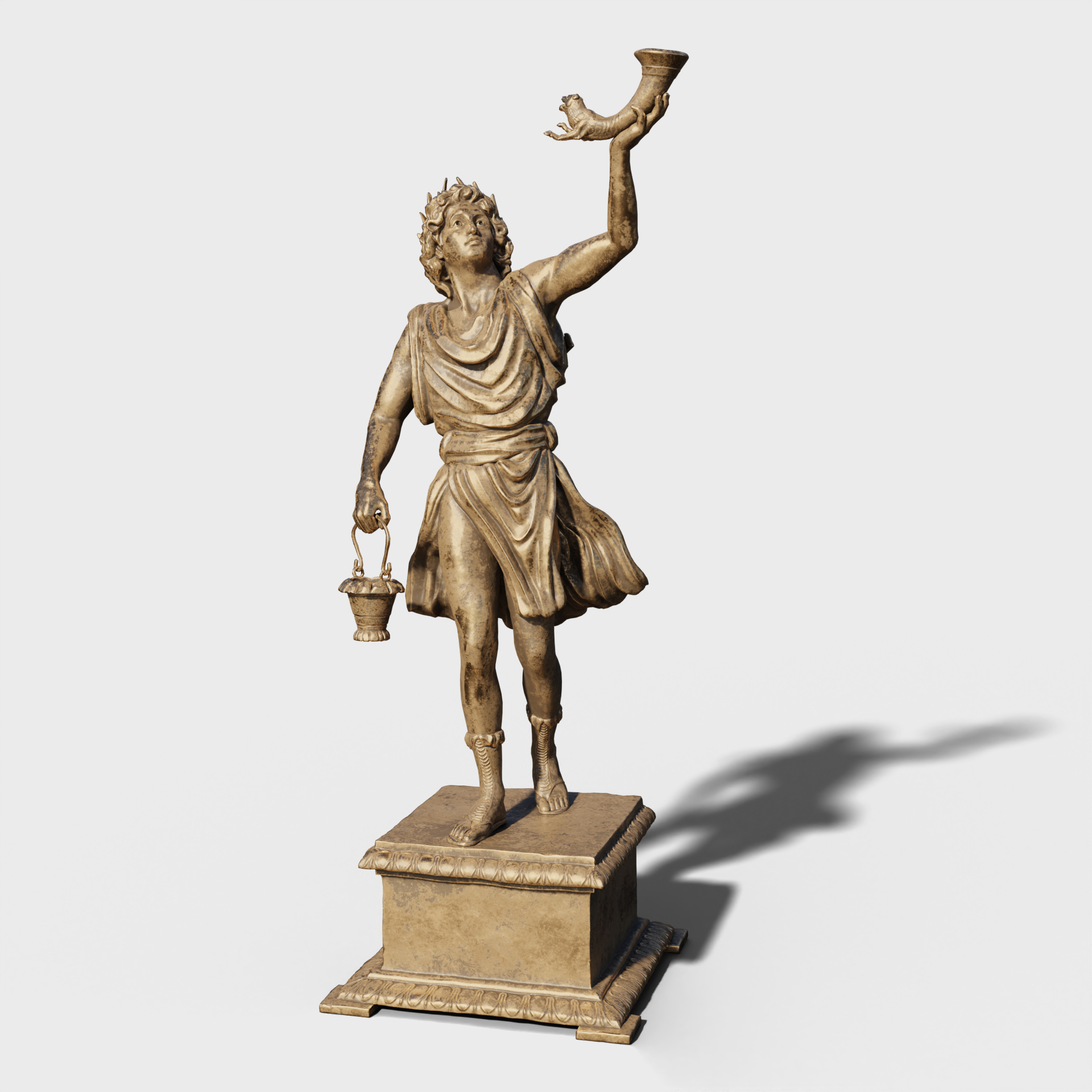
Statuette of a Lar God
Pompeii (Italy)
-
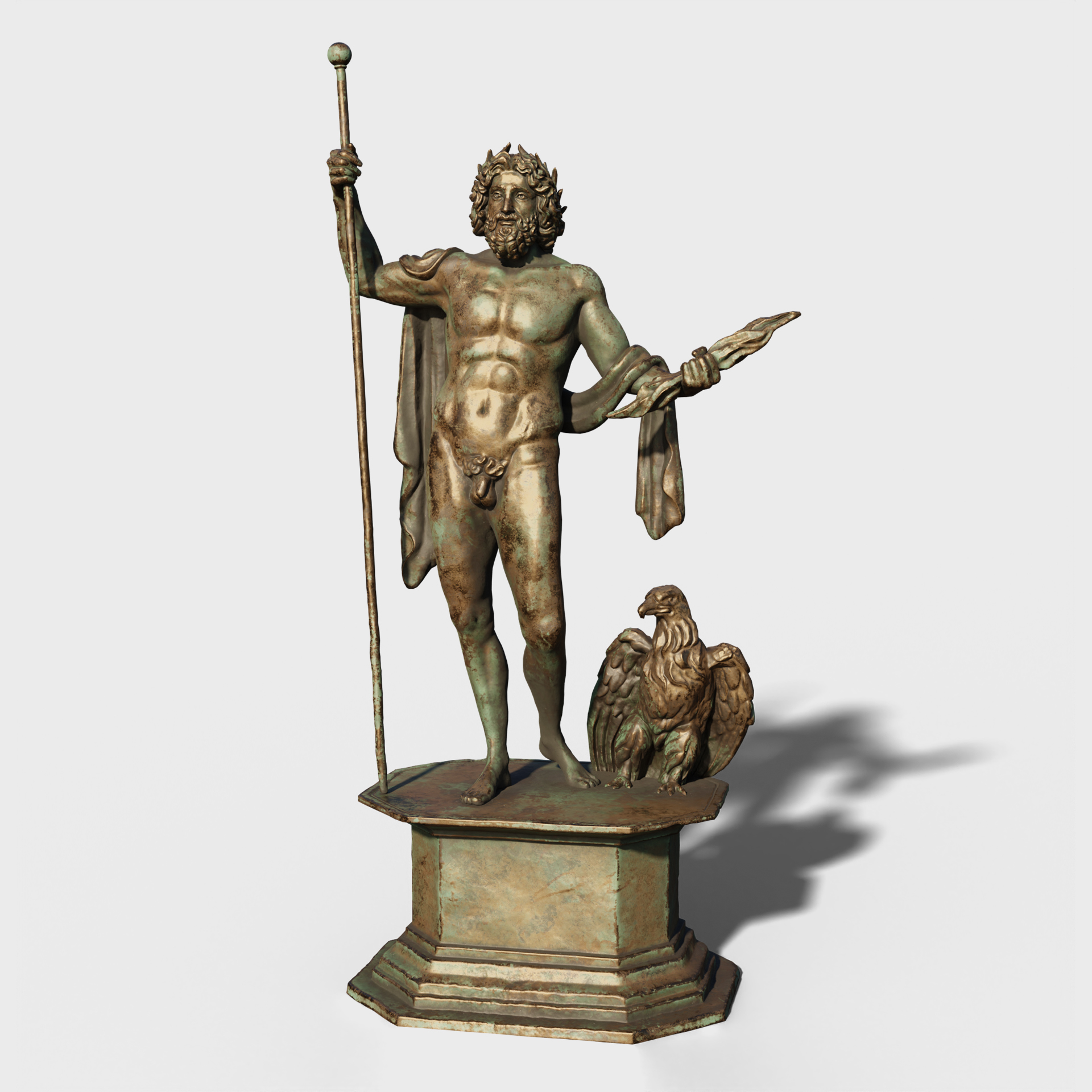
Statuette of the god Jupiter
Montorio Veronese, Verona (Italy)
-
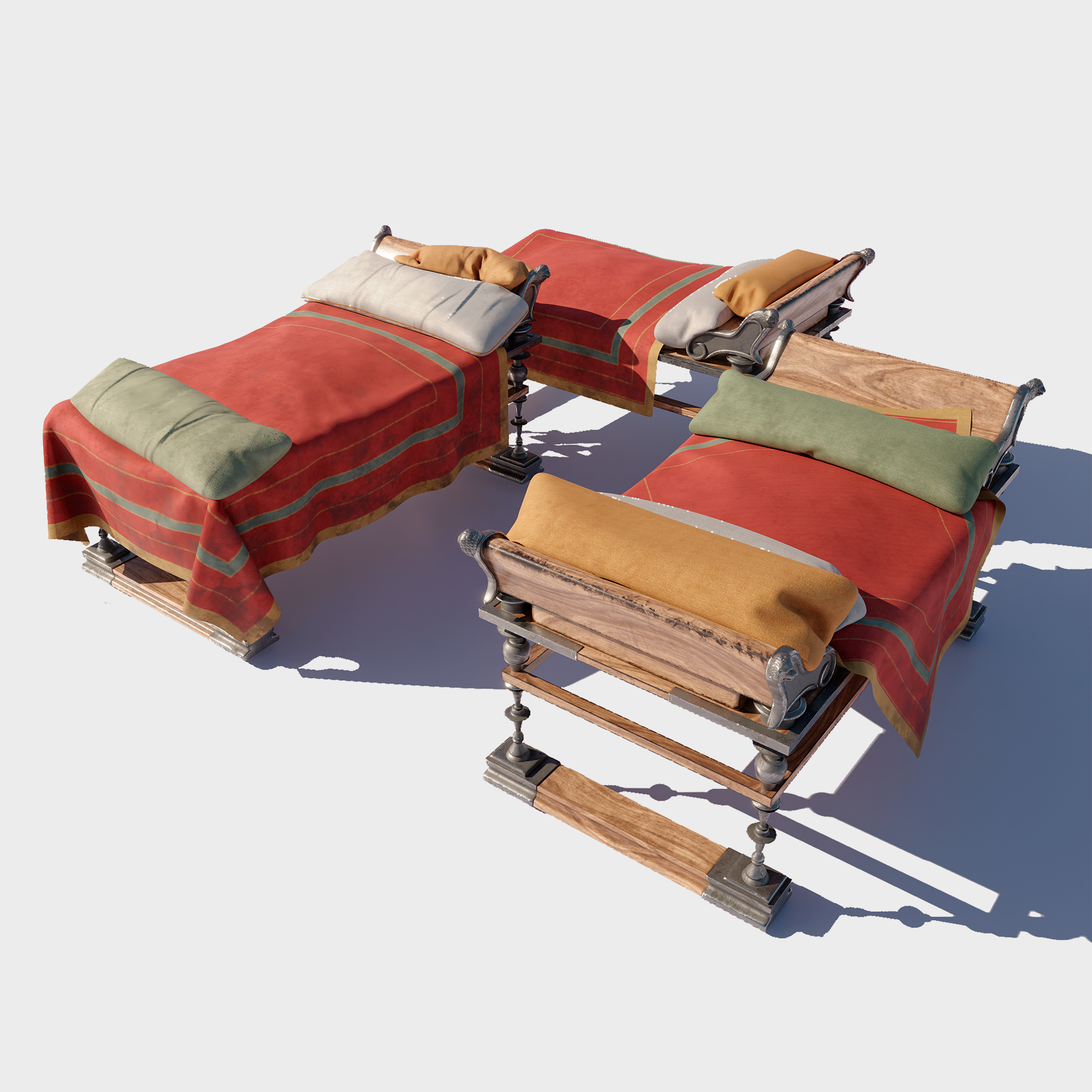
Roman triclinium
Pompeii (Italy)
-
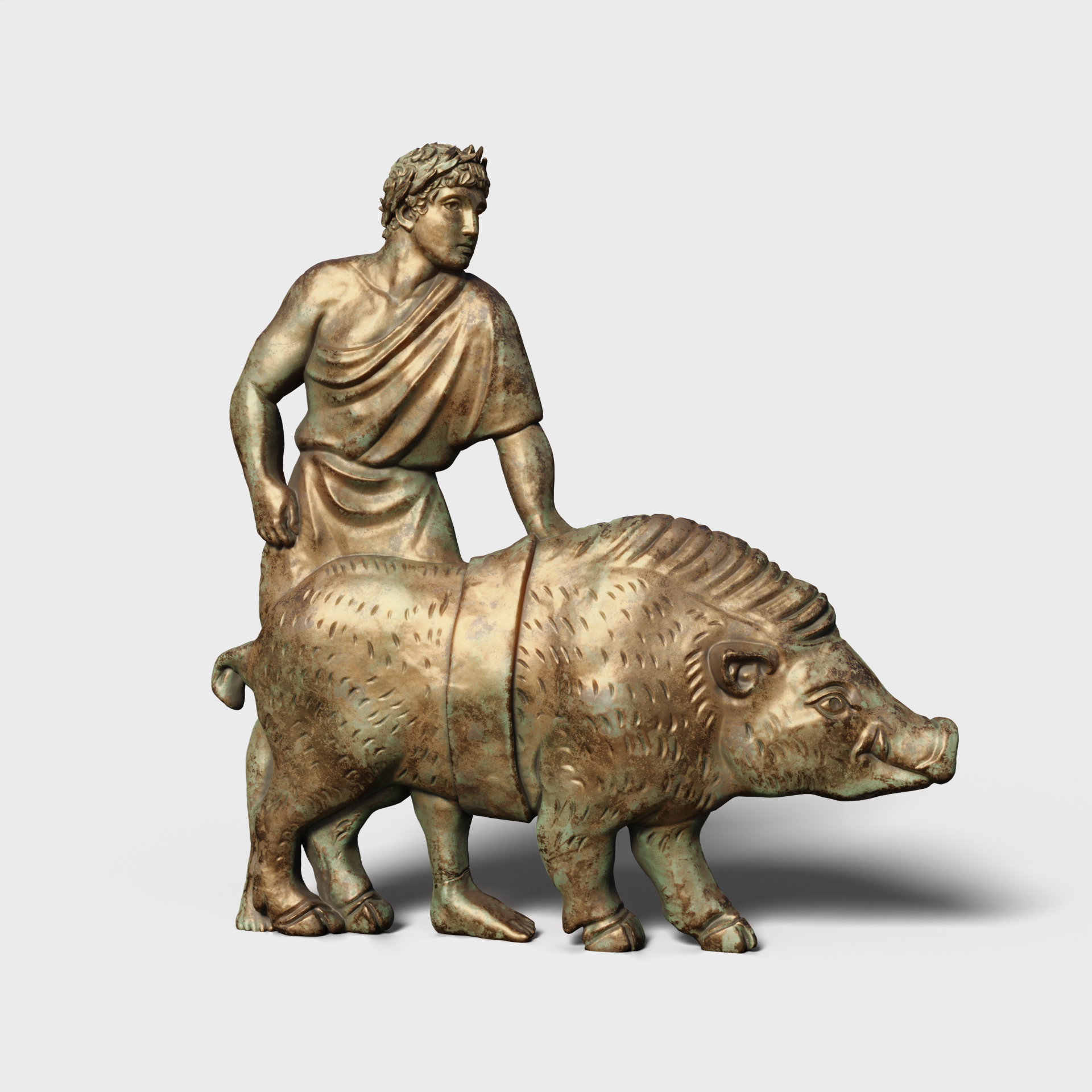
Ex-voto of pig sacrifice
The British Museum, London (England)
-

Roman tables
Herculanum (Italy)
-
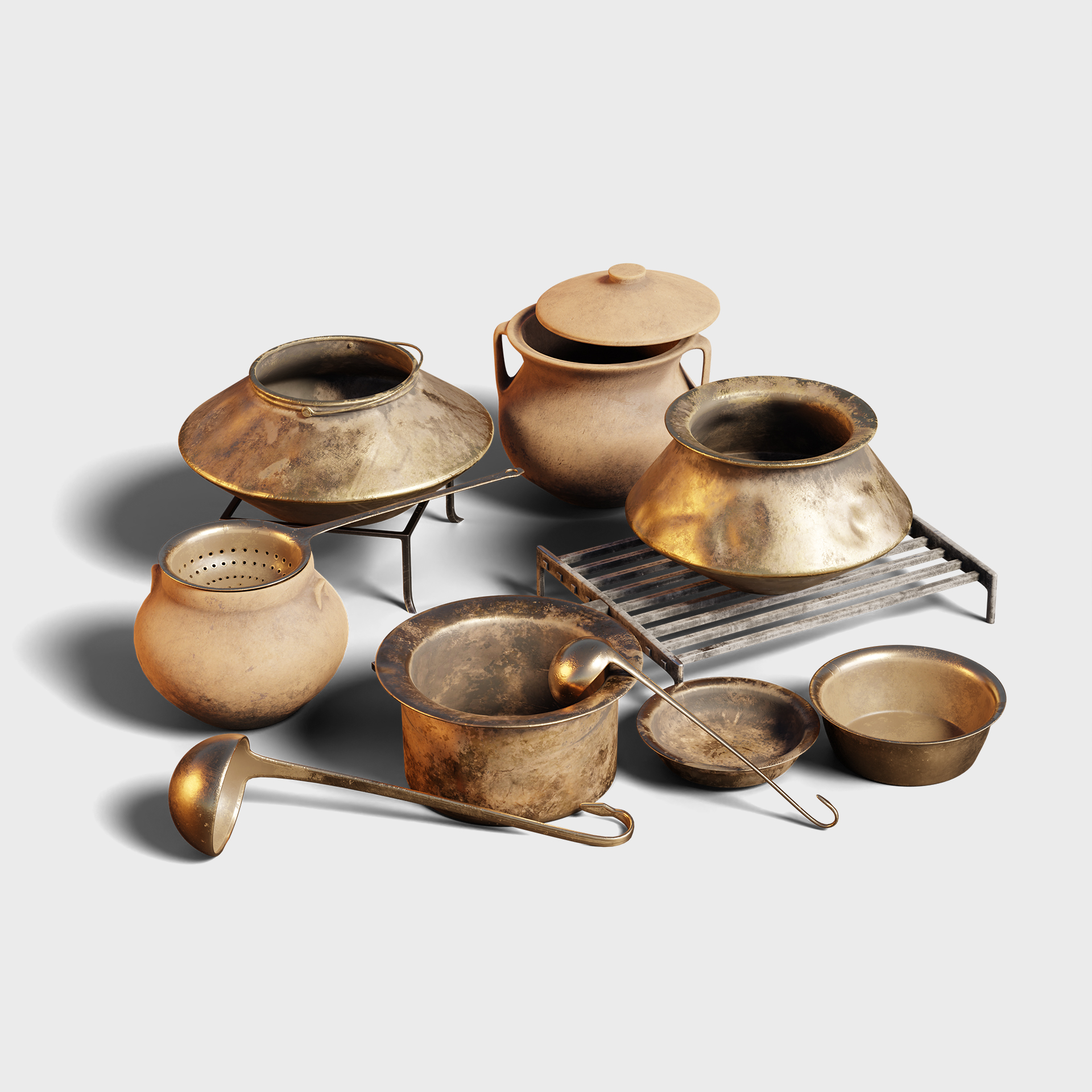
Roman kitchen utensils
Pompeii (Italy)
-

Roman unguent bottles
-

Roman cooking pottery
-

Roman seats
-

Roman strongbox
Pompeii (Italy)
-
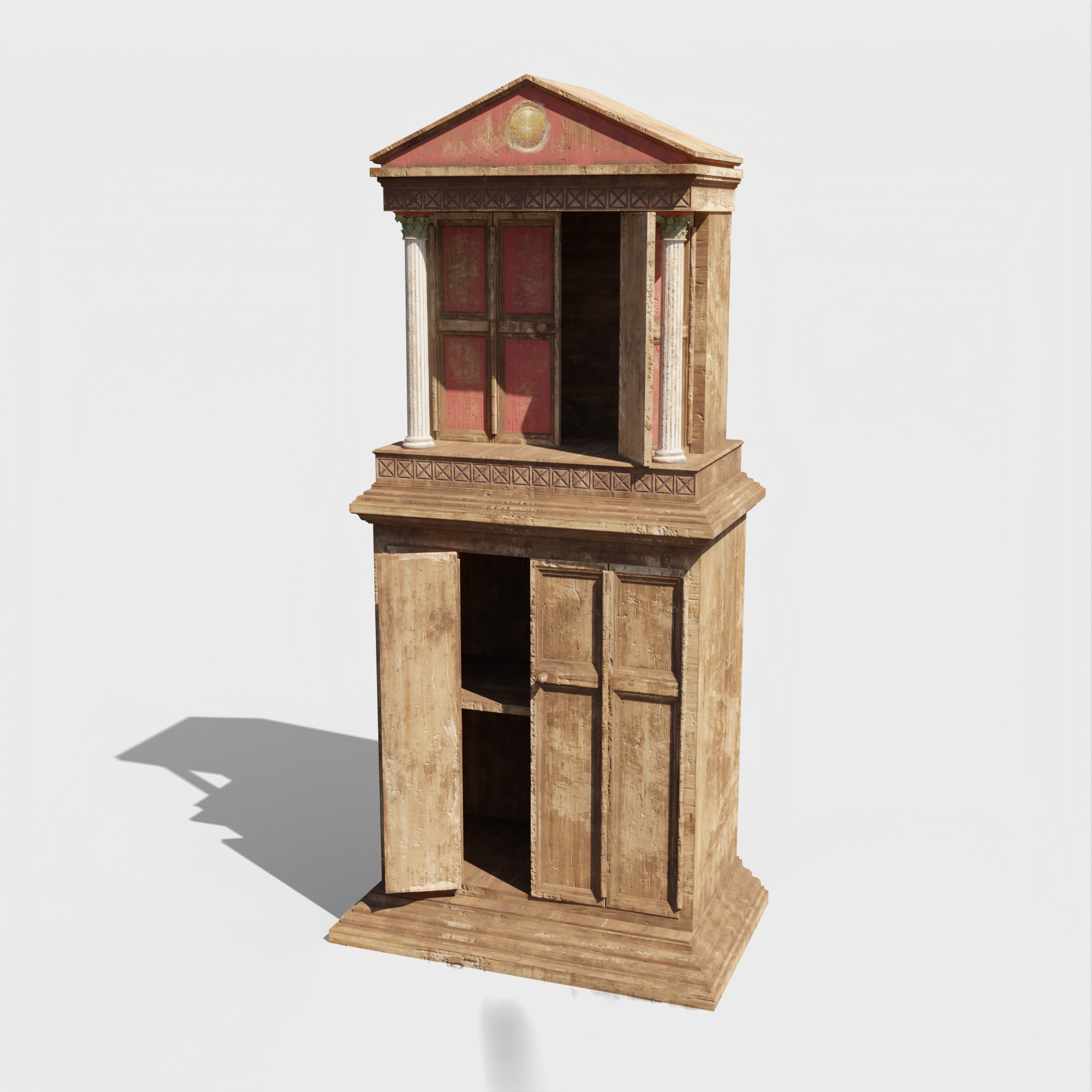
Roman lararium
Herculanum (Italy)
-

Bronze jug and plate
-

Tintinabulum
The British Museum, London (England)
-
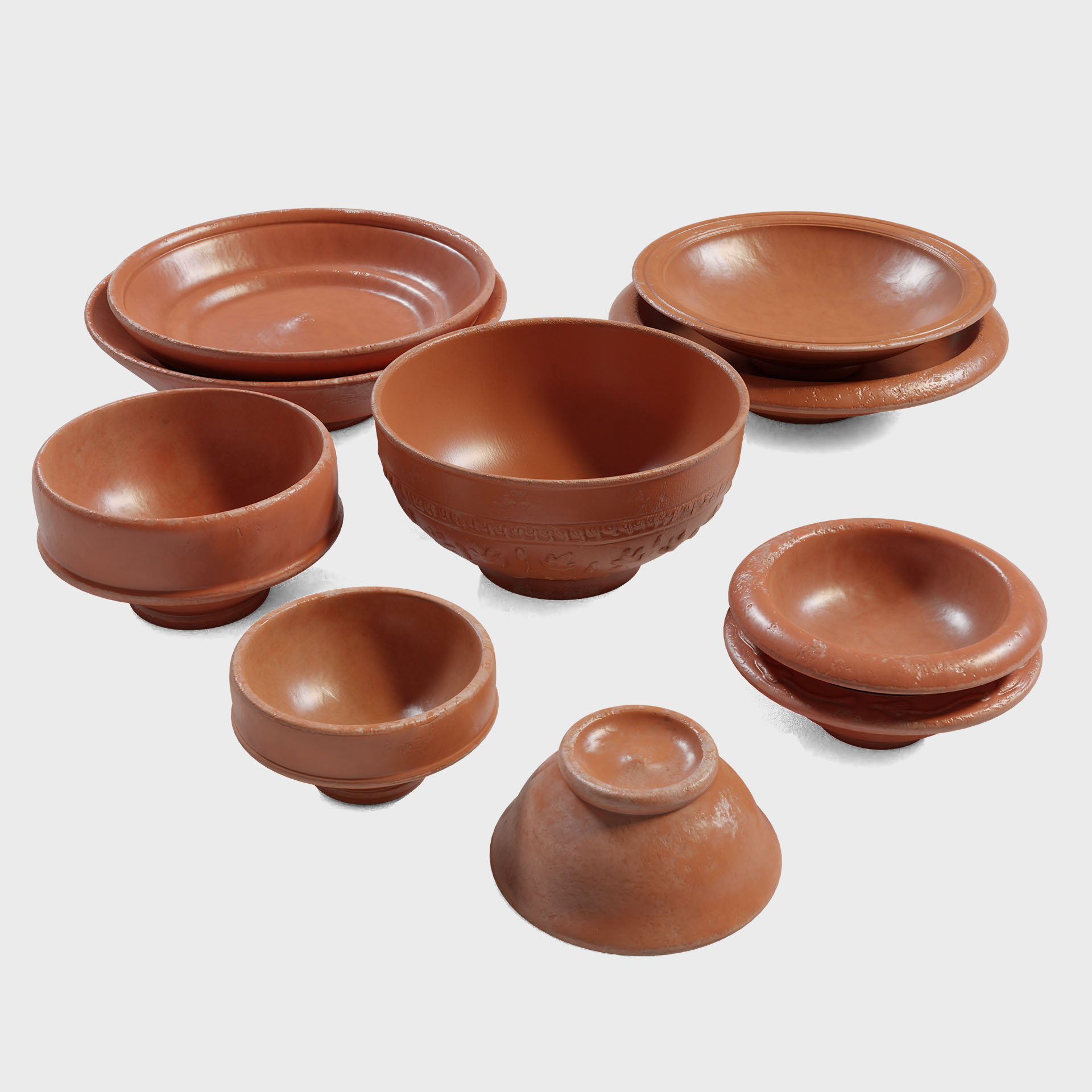
Roman sigillata pottery
Isturgi (Los Villares de Andújar, Jaén, Spain)

